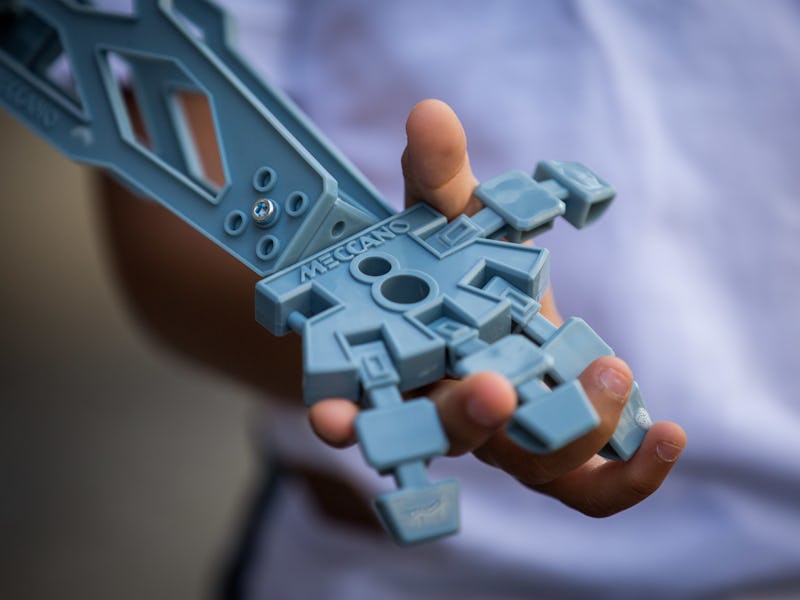
Researchers are working to build humanoid robots that can sense the world and grant bots with human-level navigation abilities. The robots will use a combination of tactile sensors, gyroscopes, cameras, and microphones to enhance their sensing abilities and use that data to understand the world.
“If we’re going to have robots in the world, in our home, interacting with us and exploring the environment, they absolutely have to have sensing,” Mark Cutkosky, a researcher at Stanford University, said in a story published Wednesday. The rationale is that, if we want robots to act independently, they need the same sensory functions that humans have. Our worlds are crafted on the assumption we have specific senses, after all.
At Stanford, one team placed tactile sensors on a walking robot. That data enabled the bot to adapt its gait depending on the surface it’s walking on, something humans do subconsciously all the time. The Sensorized Adaptive Intelligence Legged Robot, SAIL-R for short, is the first step towards a future where robots learn for themselves how to walk based on similar high-precision sensors used on hands. That future is a while off, though, as the feet will smash the ground repeatedly.
Evolution, as it turns out, is quite good at working out how organisms can survive in real-world conditions. Kengoro, a robot from the University of Tokyo unveiled last month, is another creation that’s taking inspiration from humans to get the job done. Researchers made it “sweat” to cool down its motors, allowing it to work harder than would have otherwise been possible.
The physical limitations around humanoid robots are part of the reason why development has been slow. In the feet bot example, the absence of tougher sensors will hold back research as scientists lack the necessary real world data. “You can’t just feed a supercomputer thousands of training examples,” Cutkosky said. “You actually have to build things that interact with the world.”